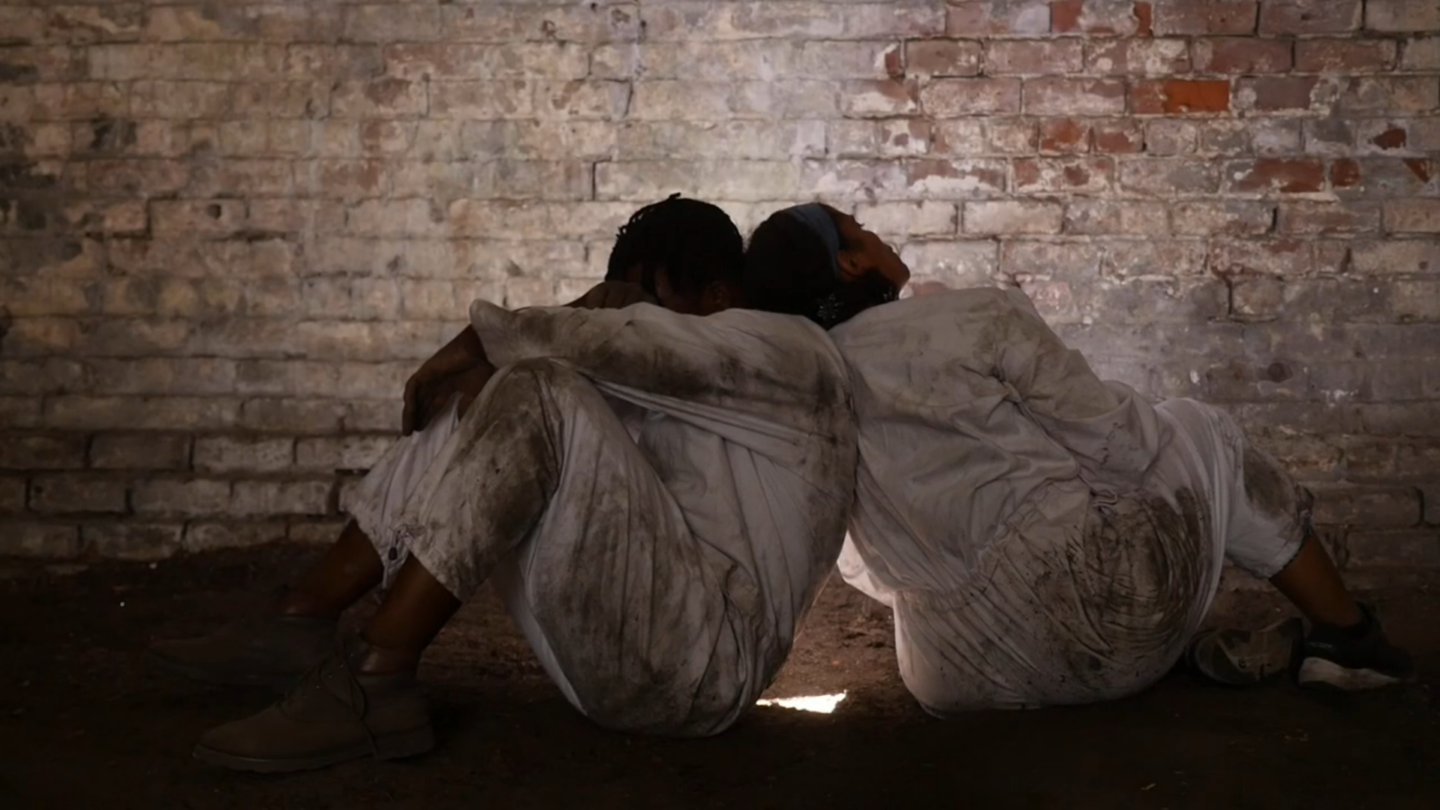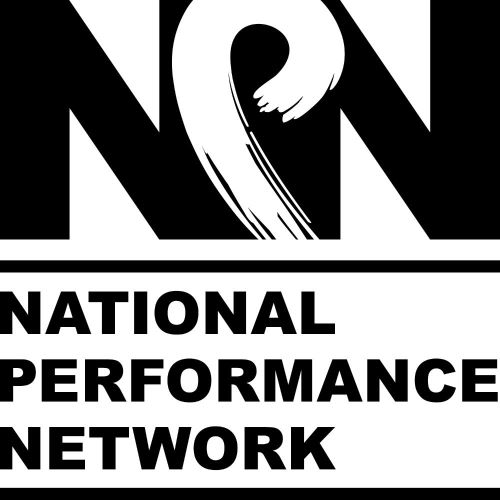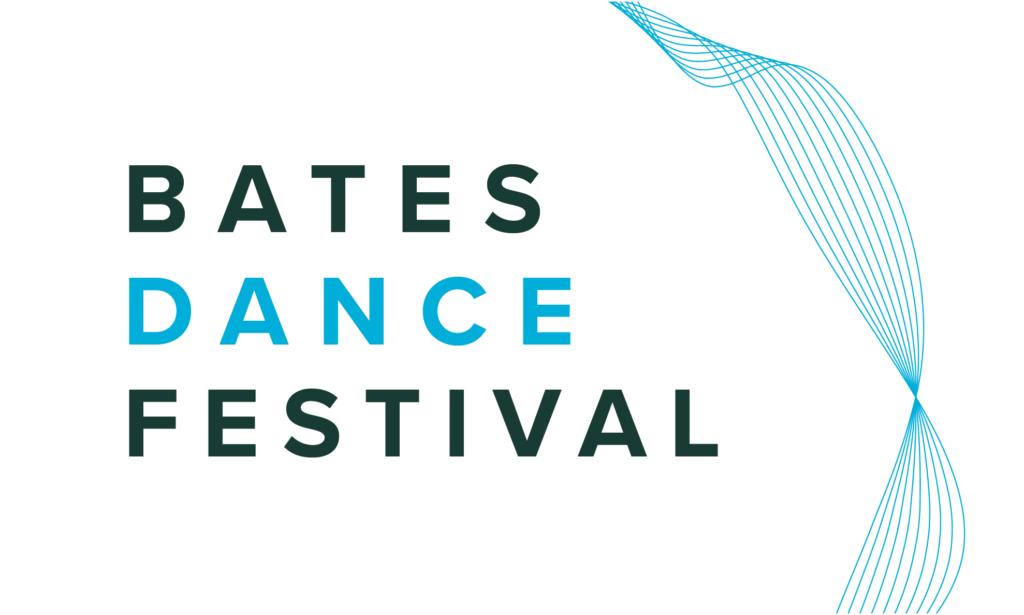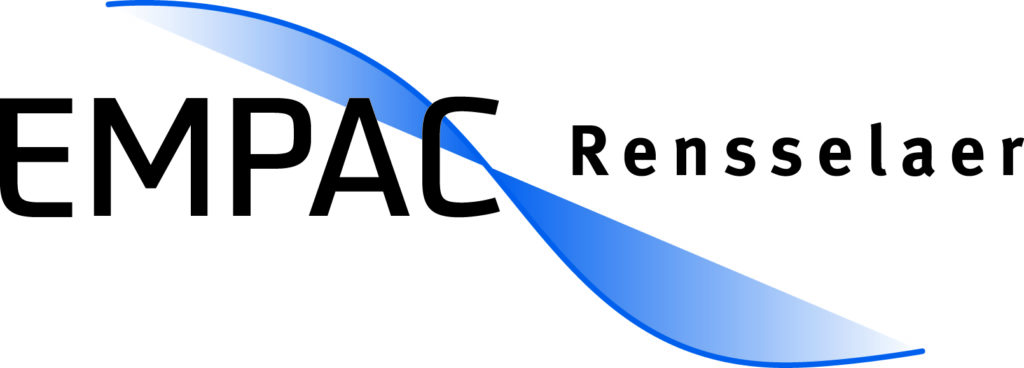Bates Dance Festival — Space Carcasses Premier: July 18 and 19, 7:30pm
IN SHORT
A carcass leaves an imprint of a version of us we are no longer, a “skin,” a container that we have “left behind”. Like the residue of the body’s presence, the residue of our carcasses resonate. Space Carcasses gathers experience embedded in the walls of hundreds of years old buildings separated by oceans and floating in the dust of thousands of years of the earth redistributing itself…and asserts the body’s capacity to wear it all, what we were, are, and will be what we survive. Like a garment. And like a garment, also perhaps, to take it off.
TRAILER
FULL PROJECT DESCRIPTION
Conceived and directed by choreographer/dancer Onye Ozuzu, Space Carcasses is an interdisciplinary performance that uses emergent technologies to heighten the physical, visceral experience of sensing the body’s extension into architecture. Geographically disparate sites will be interfaced with the ephemeral residue of the body’s presence to record, re-contextualize, and re-remember the contested Afrodiasporic relationship between the vaults on Factors Row in Savannah, Georgia, the architecture of Réunion Island, and the history of similarly complex sites (their connection to histories of humans traded as commodities) in Northern Nigeria. A carcass leaves an imprint of a version of us we are no longer, a “skin,” a container that we have left behind. Like the residue of the body’s presence, the residue of these spaces resonates with their layered meanings.
Onye Ozuzu’s work operates within an Africanist world view that assumes a circularity of time; that organizes society polycentrically and communally; where identity is spiritual and beings are born and then born again; where ancestors though temporarily without bodies, are accessible and efficacious members of the community; and where one of the primary methodologies (technologies) of access to time, to the communal self, to the spirit, to the ancestor is dance. Space Carcasses seeks to engage the dancing body in an assertion of an Africanist embodiment of “being” that extends, through the practice of dancing, beyond the body’s physical limits. In exploring the body’s relationship to its built environment, the body and mind work together to extend the individual’s sense of embodiment into the building within which we stand, as an exoskeleton, skin, or mask. It refers to the classical dancing of the West African masquerade: Egungun is an Yoruba masked, costumed figure, specifically for ancestor reverence, or the ancestors themselves as a collective force. The creative team is interested in how we, in our dance with the building, can control and move our (and the audience’s) perception/experience of the built environment. The team is interested in the body’s agency to assert a driving and definitive role over the existence, the meaning, and the import and impact of built environments. The project will dance these buildings, animate them out of their entrenchments and into a next existence that extends from the live vitality of the dancing body.
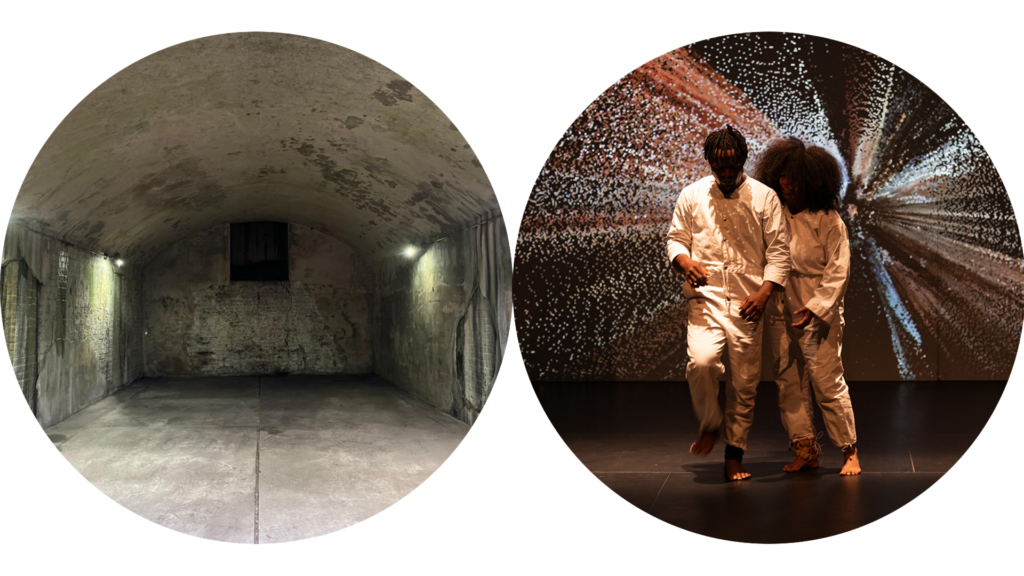
Using 3D visual and audio technologies, the team will map and digitally reproduce the proposed sites to be superimposed during performance. Photogrammetry will be used to reconstitute an exact 3D copy of reality through capturing successive photographs of the site. The series of photographs of the same subject from different angles is analyzed by a correlation algorithm, creating a “point cloud” that forms a 3D image. These 3D photographs are the raw material for a panoramic 360 degrees installation in which a dancer (live or virtual) can inhabit. Additionally, the team will be capturing 3D audio of a sound-costume-masquerade (in reference to Egungun) that will be worn by the dancer improvising within these sites. Employing a Wave Field Synthesis Array, a 558-channel discrete loudspeaker array, the spatial audio rendering technique can place virtual sound sources in real space. The audio data of the sound-costume can then be placed “physically” in space, perceived by the human auditory as the same as it would in a real sound field.
Space Carcasses is designed as an iterative, process-based work that is modular and scalable as it accumulates to its premiere. The process of creation involves the creative team traveling to the three sites (Savannah, GA; Réunion Island, France; and Northern Nigeria) to fully engage in the somatic experience of being in the spaces. These residencies will include a process of and recording data from the spaces as well as developing movement scores, all of which will be in relation with the people who frequent these spaces. Informal site-specific works- in-progress will be developed at each site and produced in collaboration with local arts/historical/cultural organizations to cultivate local audiences.
As the data (sound, video, and movement scores) collected from each site accumulates, the options to remix data exponentially grows, allowing more experimentation with the accumulated space carcasses. The performance of Space Carcasses will be an accumulation of all the digital carcasses (US, France, and Nigeria) that will be remixed to form a virtual space that can be witnessed as 1) a live performance “white box,” 2) through virtual reality, in which the gestures, actions, and interactions of bodies and spaces can inhabit, or 3) a site-specific performance in which the remixed data is placed in-situ and in conversation with a new site.
PARTNERS
Space Carcasses is a National Performance Network (NPN) Creation & Development Fund Project co-commissioned by Bates Dance Festival (Lewiston, ME), The QDance Center (Lagos, Nigeria), Bridge Live Arts (San Francisco, CA) and NPN. The work is made possible by the New England Foundation for the Arts’ National Dance Project, with lead funding from the Doris Duke Charitable Foundation and The Andrew W. Mellon Foundation. Space Carcasses is also supported by organizational partners EMPAC (Experimental Media and Performing Arts Center at Rensselaer Polytechnic Institute, Troy, NY) and NCCAkron (The National Center for Choreography at The University of Akron, OH).
COLLABORATORS
Onye Ozuzu | Artistic Director and Choreographer
Website: http://ozuzudances.com/
Onye Ozuzu (American-Nigerian) is a performing artist, choreographer, administrator, educator and researcher currently serving as the Dean of the College of the Arts at the University of Florida. Since 1997, Onye has been presenting choreographic work nationally and internationally at venues such as Seattle Festival of Improvisational Dance (WA), Kaay Fecc Festival Des Tous les Danses (Dakar, Senegal), La Festival del Caribe (Santiago, Cuba), Lisner Auditorium (Washington, D.C.), McKenna Museum of African American Art (New Orleans, LA), and danceGATHERING (Lagos, Nigeria). Recent work includes “Touch My Beloved’s Thought,” a collaboration with composer Greg Ward and “Project Tool,” a work supported by the Joyce Foundation, Chicago Dancemakers Forum, and the National Performance Network Creation Fund. For the past three years, Onye has been developing significant collaborations with African diasporic artists meeting in Lagos, Nigeria at danceGATHERING, a festival that she co-curates with Nigerian artist Qudus Onikeku.
Simon Rouby | Video & Projection Designer
Website: http://www.simonrouby.com/
Prized director, animator and accomplished Artist, Rouby had dedicated the better part of his career exploring and contributing to the African narrative. Always interested in the decomposition of movement, it is frame by frame that Simon Rouby came to cinema, directing several short films. In 2015, he directed “Adama,” his first animated feature film, entirely produced in Reunion Island, selected the same year for the Césars and European Film Awards as well as more than 180 festivals around the world. Simon Rouby’s film practice is transdisciplinary in essence and maintains a constant dialogue with visual arts. After “Adama,” he was selected for a year as a resident at the Villa Medici in Rome where he began the creation of “Pangea,” a project for which he was awarded the Atelier des Ailleurs prize in 2018, and led him to spend five months in the Kerguelen Islands, where he worked on the archipelago’s preserved landscape. The result is an immersive video installation, which will later become his second animated feature film as a director. He recently participated in the art direction and storyboard of the animated documentary feature film “Flee,” which was nominated for three Oscars in 2022.
Oathman ‘Native’ Maqari, Visual Artist Collaborator
Born in Zaria, Nigeria, into a family of educators and growing up there in the 1980s when NNPC still had a functioning printing press in the city, Maqari had an early introduction to Arts and publishing. He later studied Arabic literature in Al-Azhar, Cairo, Egypt, and went on to earn a BFA in comparative literature from Columbia University, New York. He moved to Paris, France in 2005, where he has since worked as a multi-disciplinary Artist with projects ranging from graphic novels to film and video installations. He has authored many works in both institutional and publication domains. Maqari is a Laureate of The French Institute at Villa Kujoyama Japan 2023, has shown works internationally, and was a part of some prestigious programs like the much sought-after French Academy at The Villa Medici in Rome. He is the current holder of the Ubisoft Innovation Grant For Arts and Technology 2020/2021, where he is working with a team of programmers in improving the way computers can read Arabic scripture using Pattern Recognition Algorithms.
Ben LaMar Gay, Musician/Sound Collaborator
Ben LaMar Gay is a composer and cornetist who moves sound, color, and space through folkloric filters to produce electro-acoustic collages. His unification of various styles is always in service of the narrative and never solely a display of technique. By being active in Chicago’s experimental music scene and having spent a three-year residency in Brazil, Ben has collaborated with several influential figures in the world of music, including Joshua Abrams, the Association of the Advancement of Creative Musicians, Bixiga 70, Black Monks of Mississippi, Celso Fonseca, George Lewis, Nicole Mitchell, Jeff Parker, Theo Parrish, Mike Reed, Tomeka Reid, and Itibere Zwarg. Ben received his Bachelor of Arts in Music Education from Northeastern Illinois University. He has served as a music instructor in Chicago Public Schools, a guest lecturer at the School of the Art Institute of Chicago, and a facilitator with the Chicago Park District’s Inferno Mobile Recording Studio for six years. He has received artist residencies from Edgar Miller Legacy Glasner Studios and the Red Bull Music Academy. His range of performances, commissions, and creative projects span from his hometown in Chicago’s very own Symphony Center and across the globe to places such as Brazil, France, Germany, Italy, Nigeria, Poland, and the Netherlands.
Funding Credits
Space Carcasses is a National Performance Network (NPN) Creation & Development Fund Project co-commissioned by Bates Dance Festival (Lewiston, ME), The QDance Center (Lagos, Nigeria), Bridge Live Arts (San Francisco, CA), and NPN. For more information: www.npnweb.org. Space Carcasses is supported by the New England Foundation for the Arts’ National Dance Project, with lead funding from the Doris Duke Charitable Foundation and The Andrew W. Mellon Foundation. This work is also made possible in part through an EMPAC Production Residency and NCCAkron Research Residency.
